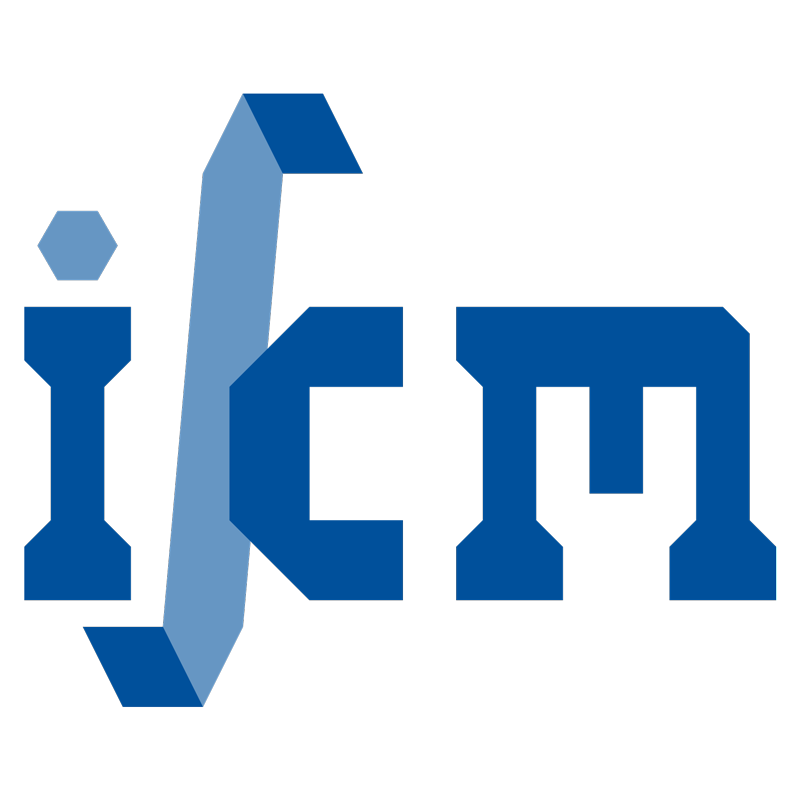Particle Virtual Element Method (PVEM)
an agglomeration technique for mesh optimization in explicit Lagrangian free-surface fluid modelling
- verfasst von
- Cheng Fu, Massimiliano Cremonesi, Umberto Perego, Blaž Hudobivnik, Peter Wriggers
- Abstract
Explicit solvers are commonly used for simulating fast dynamic and highly nonlinear engineering problems. However, these solvers are only conditionally stable, requiring very small time-step increments determined by the characteristic length of the smallest, and often most distorted, element in the mesh. In the Lagrangian description of fluid motion, the computational mesh quickly deteriorates. To circumvent this problem, the Particle Finite Element Method (PFEM) creates a new mesh (e.g., through a Delaunay tessellation, based on node positions) when the current one becomes overly distorted. A fast and efficient remeshing technique is therefore of pivotal importance for an effective PFEM implementation in explicit dynamics. Unfortunately, the 3D Delaunay tessellation does not guarantee well-shaped elements, often generating zero- or near-zero-volume elements (slivers), which drastically reduce the stable time-step size. Available mesh optimization techniques have limited applicability due to their high computational cost when runtime remeshing is required. An innovative possibility to overcome this problem is the use of the Virtual Element Method (VEM), a variant of the finite element method that can make use of polyhedral elements of arbitrary shapes and number of nodes. This paper presents the formulation of a 3D first-order Particle Virtual Element Method (PVEM) for weakly compressible flows. Starting from a tetrahedral mesh, poorly shaped elements, such as slivers, are agglomerated to form polyhedral Virtual Elements (VEs) with a controlled characteristic length. This approach ensures full control over the minimum time-step size in explicit dynamics simulations, maintaining stability throughout the entire analysis.
- Organisationseinheit(en)
-
Institut für Kontinuumsmechanik
- Externe Organisation(en)
-
Politecnico di Milano
- Typ
- Artikel
- Journal
- Computer Methods in Applied Mechanics and Engineering
- Band
- 433
- Anzahl der Seiten
- 21
- ISSN
- 0045-7825
- Publikationsdatum
- 01.01.2025
- Publikationsstatus
- Veröffentlicht
- Peer-reviewed
- Ja
- ASJC Scopus Sachgebiete
- Numerische Mechanik, Werkstoffmechanik, Maschinenbau, Allgemeine Physik und Astronomie, Angewandte Informatik
- Elektronische Version(en)
-
https://doi.org/10.1016/j.cma.2024.117461 (Zugang:
Offen)


